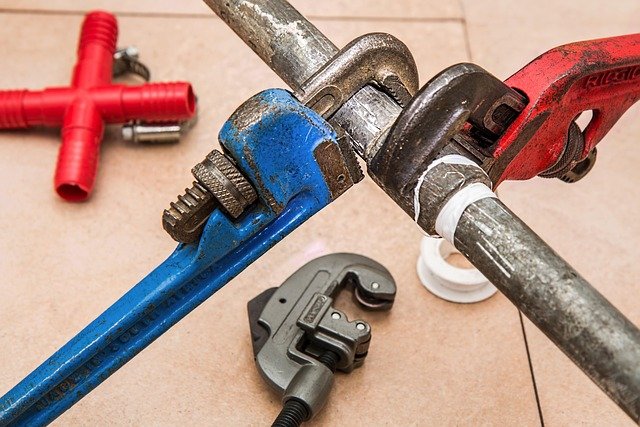Routine Inspection Steps to Maintain Door-Access Stability
A properly installed vehicle door step improves entry and boarding safety, but stability depends on ongoing inspection and care. Regular checks of installation, fitment, mounting hardware, hinge and folding action, and protection against corrosion and weathering keep the step reliable and compatible with the vehicle and users.

A door-access step attached to a vehicle is a practical aid for entry and boarding, but it must be inspected regularly to remain safe and stable. Routine inspection covers installation and fitment, mounting hardware integrity, load capacity verification, hinge and folding function, corrosion and weatherproofing status, and measurement checks for compatibility. Following a consistent inspection routine helps prevent failures during use and preserves accessibility over the life of the product.
How to perform installation and fitment checks
Begin inspections by confirming the installation matches the manufacturer guidance for both the vehicle and the step. Verify that brackets align without forcing them and that fasteners are the correct grade and length for the mounting points. For retrofit installations, ensure fasteners engage reinforced areas or structural members rather than thin body panels. Check for any signs of stress or deformation where the step meets the vehicle; misaligned fitment can lead to progressive loosening and eventual instability.
What measurements confirm load capacity and compatibility
Use tape measures to confirm step span, clearance from the sill, and ground distance to ensure the step matches user needs and vehicle geometry. Check the rated load capacity printed on the product and compare that value with expected loads, including a person’s weight plus carried items. If adapters or spacers are used, measure their engagement depth and contact area to verify that loads transfer to structural points. Accurate measurement helps avoid exceeding capacity and ensures compatibility with different vehicle models.
How to inspect hinges, folding joints, and torque
Operate any folding mechanism through its full range to detect binding, grinding, or uneven motion. Inspect hinge pins, bushings, and retaining clips for wear or play. Measure and record torque on all critical mounting bolts using a calibrated torque wrench, setting them to the manufacturer’s specified values. Loose or improperly torqued fasteners are common causes of movement; re-torque after initial use and after any maintenance. Lubricate pivots with a weather-resistant lubricant where recommended, and avoid heavy greases that trap debris.
How to assess corrosion and weatherproofing risks
Examine painted and plated surfaces for chips, flaking, or surface rust, especially at contact points and under brackets where moisture can collect. Remove light rust promptly, treat with a rust inhibitor, and restore protective coatings with suitable paints or sealants made for automotive exposure. Check rubber seals and gaskets around mounting plates for cracking or loss of elasticity; degraded seals allow water ingress and accelerate corrosion. Consider additional weatherproofing around bolt heads and joints in regions with heavy road salt or frequent wet conditions.
Recommended maintenance and inspection schedules
A practical schedule begins with an inspection after the first 100 miles following installation, then monthly for the first three months, and quarterly thereafter for regular use. Immediately inspect the assembly after exposure to heavy salt, mud, or off-road conditions. Keep a simple maintenance log noting measurement readings, torque values, and parts replaced. Replace bent or deformed components rather than attempting temporary fixes; always verify replacement parts for compatibility and equivalent load capacity.
How to evaluate accessibility and boarding safety
Test the step under realistic boarding motions to confirm stability during dynamic loading. Evaluate grip and anti-slip properties, and add non-slip surfaces if needed to improve safety in wet or icy conditions. Confirm that the step does not impede door swing or reduce clearance for mobility aids if accessibility is a concern. Observe behavior with varied user weights and different entry angles; a correctly mounted step will not tilt, shift, or introduce sudden movement during boarding.
Conclusion Maintaining door-access stability requires clear, repeatable inspection steps: confirm correct installation and fitment, measure for load capacity and compatibility, inspect hinges and torque critical fasteners, address corrosion and weatherproofing, and adopt a regular maintenance schedule. Consistent attention to these areas preserves accessibility and reduces the risk of failures during boarding or entry, helping the step remain a dependable part of vehicle access over time.






